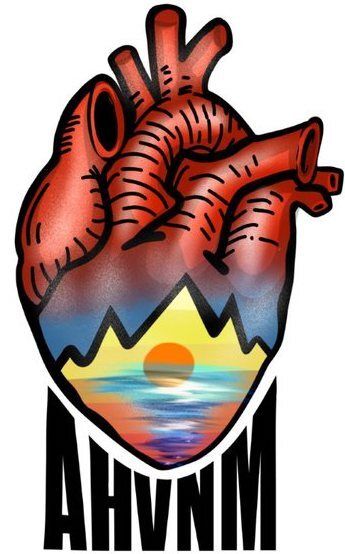Cardiac(heart)/Peripheral(leg) Angiogram
Quick Appointments Available
Will Accept Most Insurances
If you’re one of the 18.2 million people in the United States with coronary artery disease, you may be a candidate for cardiac (heart)/peripheral (leg) angiograms to improve your cardiovascular health. Our team at Advanced Heart and Vascular Center of New Mexico, offers cardiac(heart)/peripheral(leg) angiograms and interventions primarily through radial approach. To find out if cardiac (heart)/peripheral (leg) angiograms is a treatment option for you, call our office today to schedule an appointment if you're looking for a heart surgeon in Carlsbad, NM.
Cardiac (heart)/peripheral (leg) angiograms Q & A
What is an Angiogram?
A cardiac (heart)/peripheral (leg) angiogram is an invasive procedure that looks at the inside of the arteries of the heart or legs to determine if there is any blockage. Our providers at Advanced Heart and Vascular Center of New Mexico may recommend intervention to open blocked blood vessels to improve your circulation. An angiogram is a minimally invasive procedure to open blocked blood vessels to improve your circulation. These conditions may include:
· Atherosclerosis
· Peripheral artery disease (PAD)
· Coronary artery disease
· Carotid artery stenosis
You may also need cardiac (heart)/peripheral (leg) angiograms if you have narrowing or blockages in the veins of your chest, abdomen, or limbs.
What happens during cardiac (heart)/peripheral (leg) angiograms?
During your cardiac (heart)/peripheral (leg) angiogram procedure, the providers at Advanced Heart And Vascular Center of New Mexico will give you medications to help you relax.
To locate the blockage within the vessel, your physician will inject a contrast dye into your artery and follow the dye as it travels through the vessel with real-time X-ray technology (fluoroscopy). The physicians will then guide a flexible tube (catheter) into the affected blood vessel using the assistance of fluoroscopy.
Once in place, the providers will gently inflate a tiny balloon attached to the end of the catheter. As the balloon inflates, it opens the blocked vessel so blood can flow freely. Your physician will then deflate the balloon and remove the catheter.
How long does it take to recover from cardiac (heart)/peripheral (leg) angiograms?
The providers at Advanced Heart and Vascular Center of New Mexico can often perform cardiac (heart)/peripheral (leg) angiogram procedures on an outpatient basis, so you can expect to go home the same day. Keep in mind, you may need to stay in the hospital for a night for observation, depending on the reason for the angioplasty.
You should drink plenty of water to flush the contrast dye out of your body. The physicians will also provide information about activities you should avoid in the hours after your procedure. That may include heavy lifting and high-impact exercise.
Many people return to work and other activities the day after the cardiac (heart)/peripheral (leg) angiogram. The providers at Advanced Heart and Vascular Center of New Mexico will determine when you should schedule a follow-up visit to ensure the catheter insertion site is healing and there are no additional blockages in your blood vessels.
To learn more about the benefits of cardiac (heart)/peripheral (leg) angiograms, call our office to schedule an appointment.
For more information go to: https://www.heart.org/en/health-topics/heart-attack/diagnosing-a-heart-attack/cardiac-catheterization.


Share On: